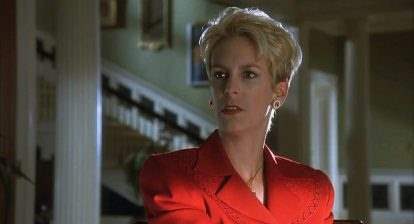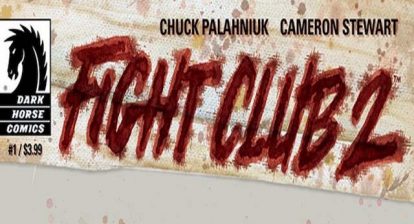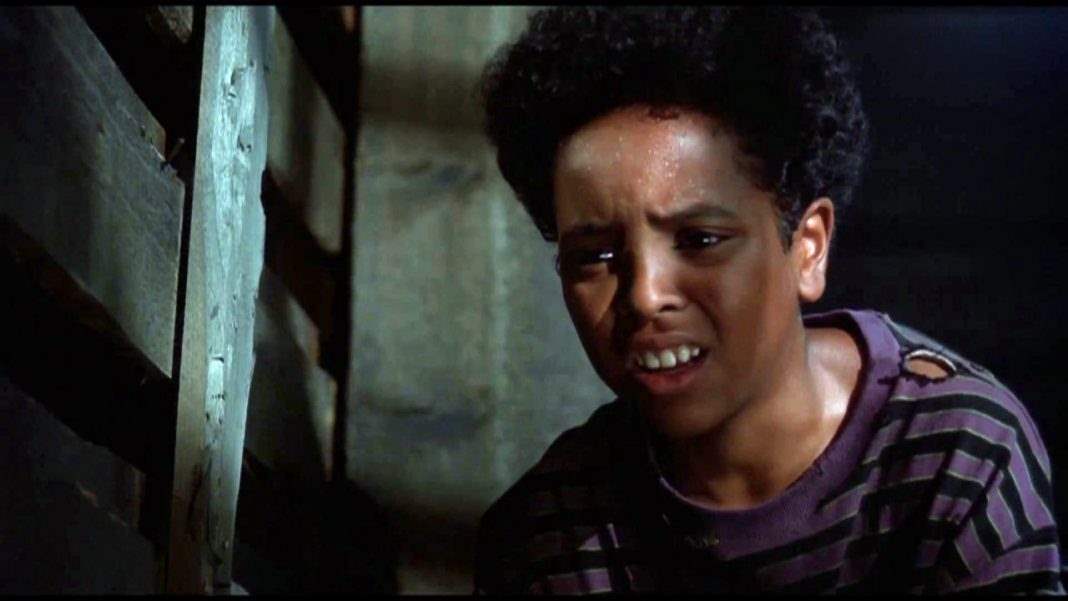Jacob’s Ladder, released in 1990, puzzled audiences and critics. Dealing with complicated issues of loss, grief, paranoia, hallucinations, death, and rebirth, the film demands multiple viewings to be fully understood and appreciated.
Jacob’s Ladder is best represented as an intricate hologram that consists of thousands of small, moving parts, constantly breaking down and reassembling to form a new image. Jacob is tormented by the death of his son, haunted by flashbacks of his time served in Vietnam, and trying to make sense of the nonsensical world of New York City that he currently calls home. As the hallucinations become more intense, Jacob realizes that he can’t properly orient himself on his own timeline.
Jacob’s Ladder takes inspiration from various forms of mythology, from the biblical names to the distorted demons and/or angels that pursue Jacob. At nearly thirty years after the film’s release, there are numerous articles that explore the film’s mythology. The Tibetan Book of the Dead is widely regarded as one of the biggest mythological influences for the film.
The Tibetan Book of the Dead (TBD) is a guide to prepare a dying individual for rebirth. Several themes present in the film are also present in the TBD. The chiropractor, Louis, the closest thing that Jacob can recognize as an angel, informs Jacob that if you’re afraid of dying, you see the creatures chasing you as demons, but if you’ve made your peace, you realize that the demons are really angels that are trying to free you from this world. This sentiment is also found in the TBD.
The beings stalking Jacob feature faces that are constantly blurry. It’s impossible to tell if they are demons or angels, another detail that represents the TBD. It’s only after Jacob accepts his fate that the nightmare starts to subside, harkening back to Louis’ monologue.
There are multiple articles that explore the influence of the TBD on Jacob’s Ladder, but this interpretation is only half of the film. Death is a process that manifests itself not only in a spiritual way, the death of the soul, but also in a physical way, the death of the body. Jacob’s Ladder explores the entire process of death.
For some, death comes quickly, the result of a sudden car accident or a heart attack. For others, the process can take much longer. Anyone that has lost a loved one in hospice care understands that slow death comes in stages, and you can clearly see these stages represented in the film. Active dying is a term that represents the final days of a person’s life. The active dying stage usually lasts around three days, and it involves many symptoms that Jacob experiences.

A person on the verge of death can experience drastic changes in body temperature. In one tense scene, Jacob’s temperature soars so high that he must be placed in a bathtub and covered with ice. Jacob’s fever is a clear sign that his body is failing.
It’s also worth noting that Jacob doesn’t cover himself in ice, it’s the people that surround him that won’t let Jacob rest. This might represent the struggle of watching a loved one slowly expire, as it is natural to want to intervene. Louis experiences this same struggle when Jacob is held captive in a terrifying hospital. Even though Louis, an angel, knows that Jacob needs to stay in the hospital and accept his fate, Louis chooses to intervene and rescue Jacob.
Paranoia is another symptom of patients experiencing active dying, and paranoia is a major theme of the film. Jacob can’t figure out exactly where he is in his life, an issue that feeds his paranoia. His kidnapping in broad daylight, and the disappearance of his war record, also induce paranoia. Jacob’s war buddies are killed off one by one, leading Jacob to believe that his paranoia is justified. The death of his war buddies is another sign that Jacob is nearing the end of his life, as death is a solitary process that everyone must face on their own.
Another symptom that Jacob shares with those experiencing active dying is hallucinations, a theme that’s present throughout the entire film. Active dying plays tricks on the mind, sometimes causing patients to hallucinate. These hallucinations can be positive or negative, and Jacob experiences both extremes during his end of life journey. Negative hallucinations include the beings stalking him through the streets and the winged creature that merges with his girlfriend, Jezzie, during the cleverly edited party scene.
There are also positive hallucinations, including Jacob’s deceased son, Gabe, the character that guides Jacob into the afterlife/rebirth/nothingness, depending on the viewer’s interpretation. Hallucinating dead loved ones is something that many patients in the process of active dying experience. Another interesting point is the moment that Gabe shows up to guide his father, which takes place after Jacob has spent time in his old family’s house remembering his son, which is a way of telling his son goodbye. Saying goodbye is often an important step for patients on the verge of death.
Finally, many patients experience a moment of peace before death. After fighting through the frightening hallucinations and confusion, Jacob experiences his most peaceful moment at the end of the film. This conclusion is reinforced by the medic who notices that Jacob’s deceased face looks peaceful, a stark contrast to the majority of Jacob’s haunted journey.
Jacob’s Ladder is a film about the entire process of death, a process that ravages the body and confuses the mind. Regardless of the viewer’s personal opinion regarding the afterlife, or rebirth, every viewer can find meaning from Jacob’s hellish trip.
The openly vague way that Jacob’s Ladder is presented reinforces the idea that the viewer can witness whatever interpretation they believe to be real. It’s possible that Jacob’s journey is simply a dying dream before an eternity of darkness, but it’s equally possible that Jacob continued to exist after he crossed through the glowing light. This openness of interpretation is one of the primary reasons that Jacob’s Ladder, released nearly thirty years ago, remains such an important and unique topic of discussion to this very day.






